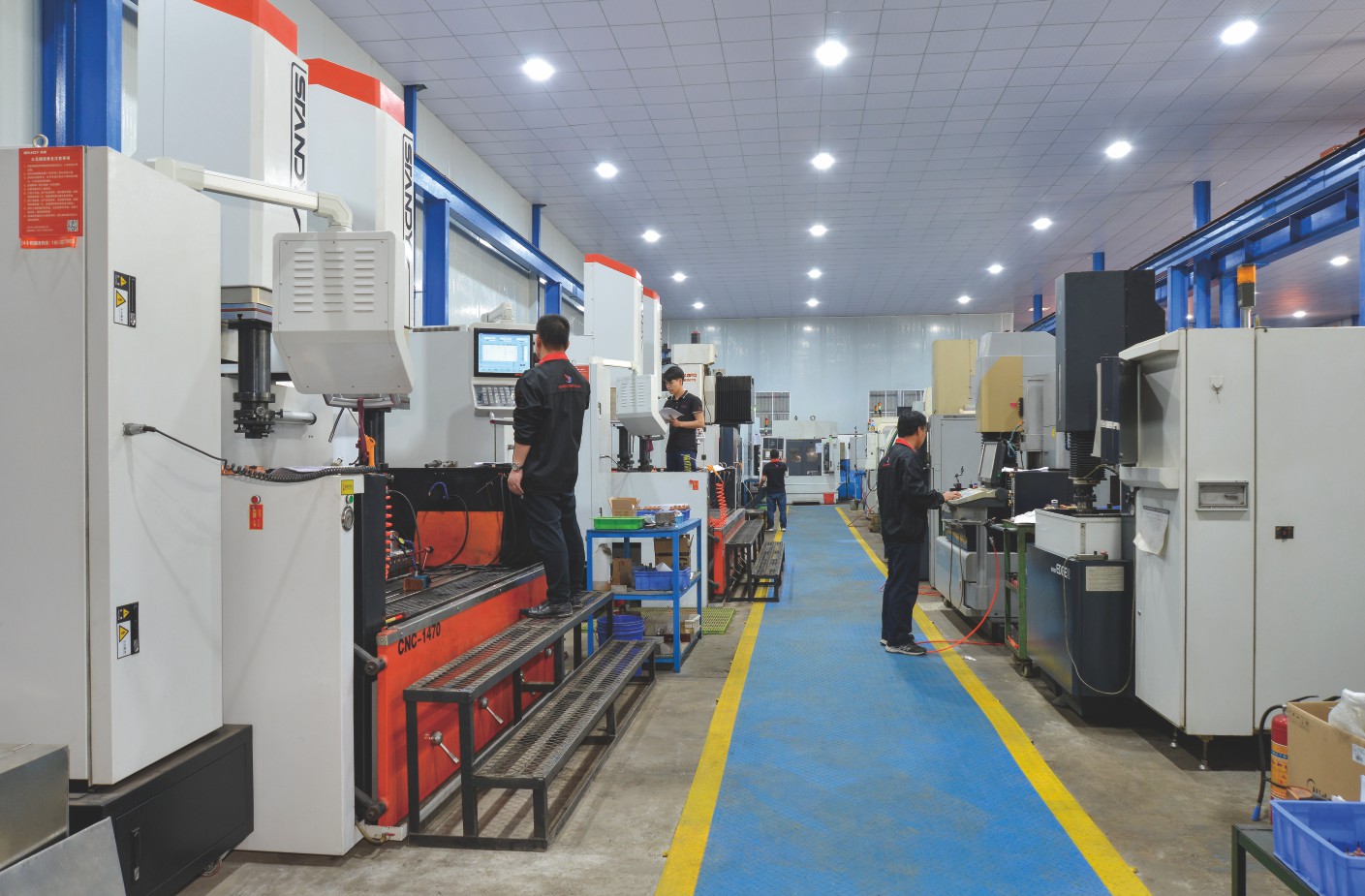Mold manufacturing and product production

The Mold and Plastic Cooperation Department focuses on designing and producing export-oriented molds and in-house production molds based on the specific technical requirements and specifications of customer products. During the design process, export molds primarily adhere to international standards of the customer's country or region, such as the DME standard in the United States and the CEN standard in Europe, while in-house production molds are customized according to the customer's specific needs and production environment.
In mold design decision-making, engineers select the appropriate mold base model and materials (such as mold base and core materials) based on the product order quantity, material characteristics, and mold lifespan. They also determine the post-treatment processes for mold materials (such as nitriding and chrome plating). Additionally, the machining methods and processes are defined according to the complexity and precision requirements of the mold,In terms of mold structure design, the department designs reasonable product layouts based on material characteristics and selects suitable plastic injection methods (such as edge gates and pinpoint gates). Through mold flow analysis, the optimal injection points are optimized to ensure filling and cooling efficiency. Furthermore, the heating and cooling systems of the mold are designed according to product material characteristics to guarantee molding quality.
The mold size is determined based on the machine parameters provided by the customer (such as clamping force and mold opening stroke) to ensure compatibility between the mold and production equipment. Ultimately, the mold design strives to meet the customer's production processes, production environment, and specific requirements, ensuring the mold's efficiency and stability in actual production. Through strict standards and scientific design processes, the Mold and Plastic Cooperation Department provides customers with high-quality mold solutions, supporting efficient production for customers.
After the completion of export mold manufacturing, the company typically organizes 3 to 5 trial moldings to ensure that the mold and product quality meet the required standards. The main purpose of trial molding is to inspect and modify the mold, verify whether the product meets the design requirements, and check for any surface defects. At the same time, the product and its components are assembled to test whether the functionality is normal. During the trial molding process, key parameters such as the injection molding machine tonnage, mold size, temperature, pressure, injection speed, and cooling time are recorded in detail, and a trial molding report is generated. This report serves as a reference for the customer, ensuring that they can quickly grasp the mold and process parameters during mass production.